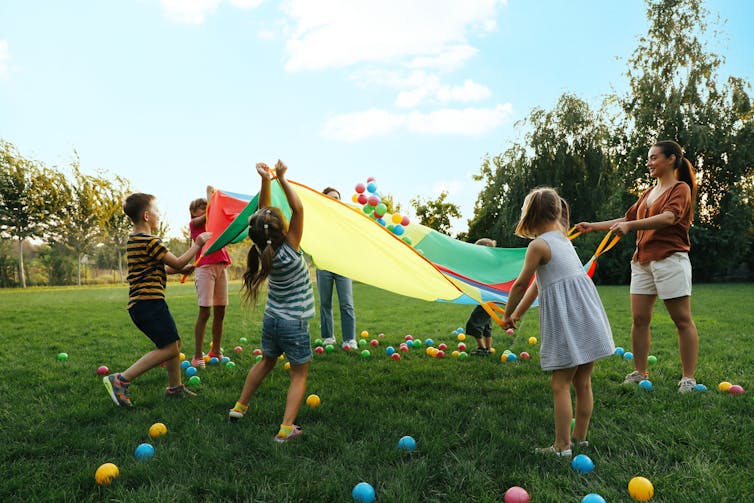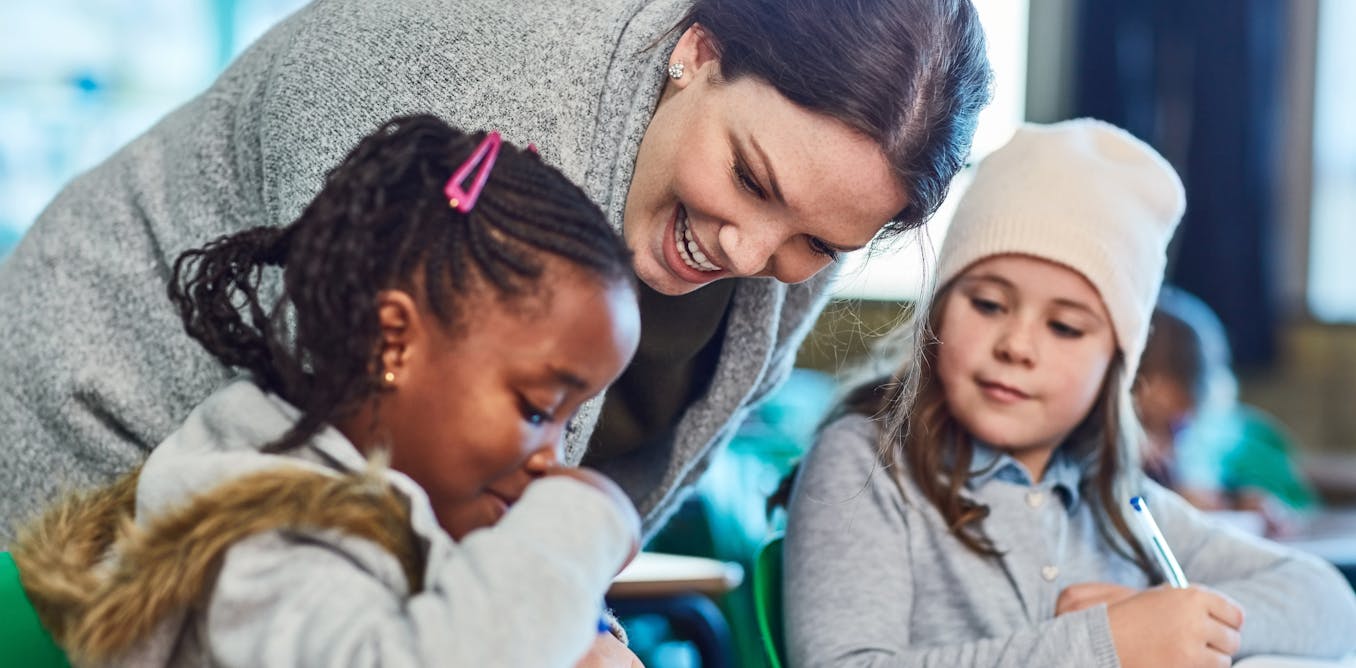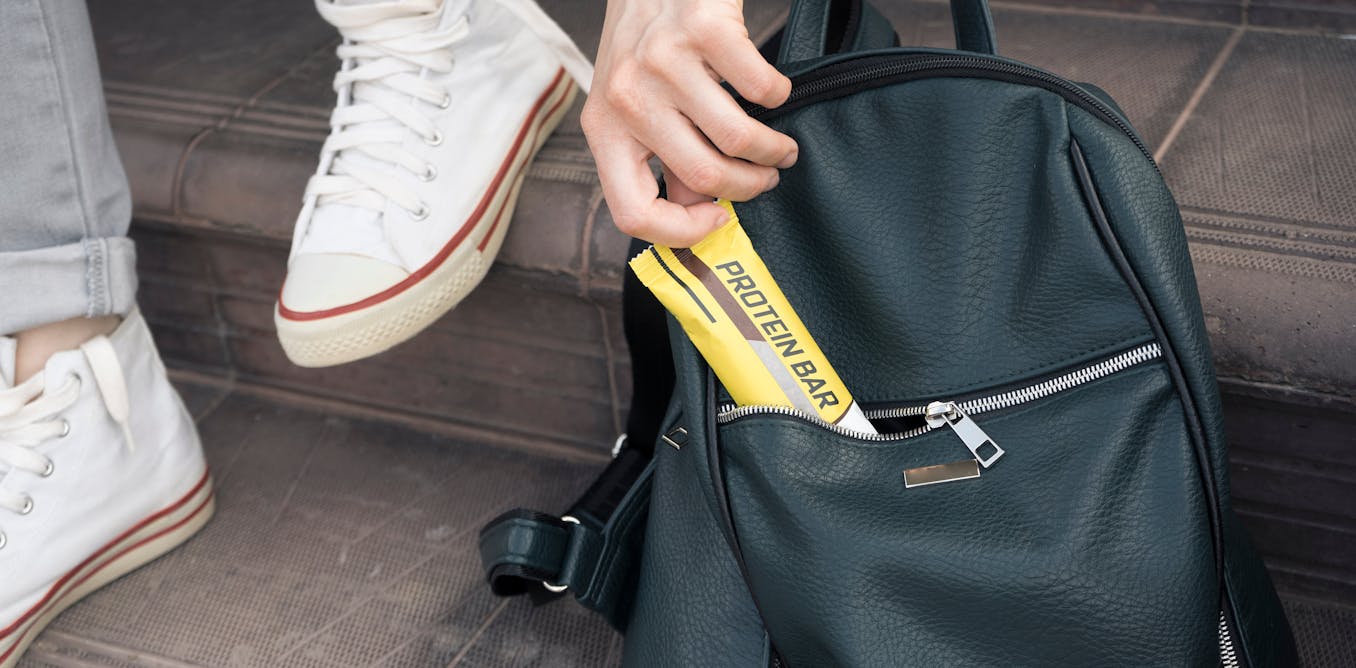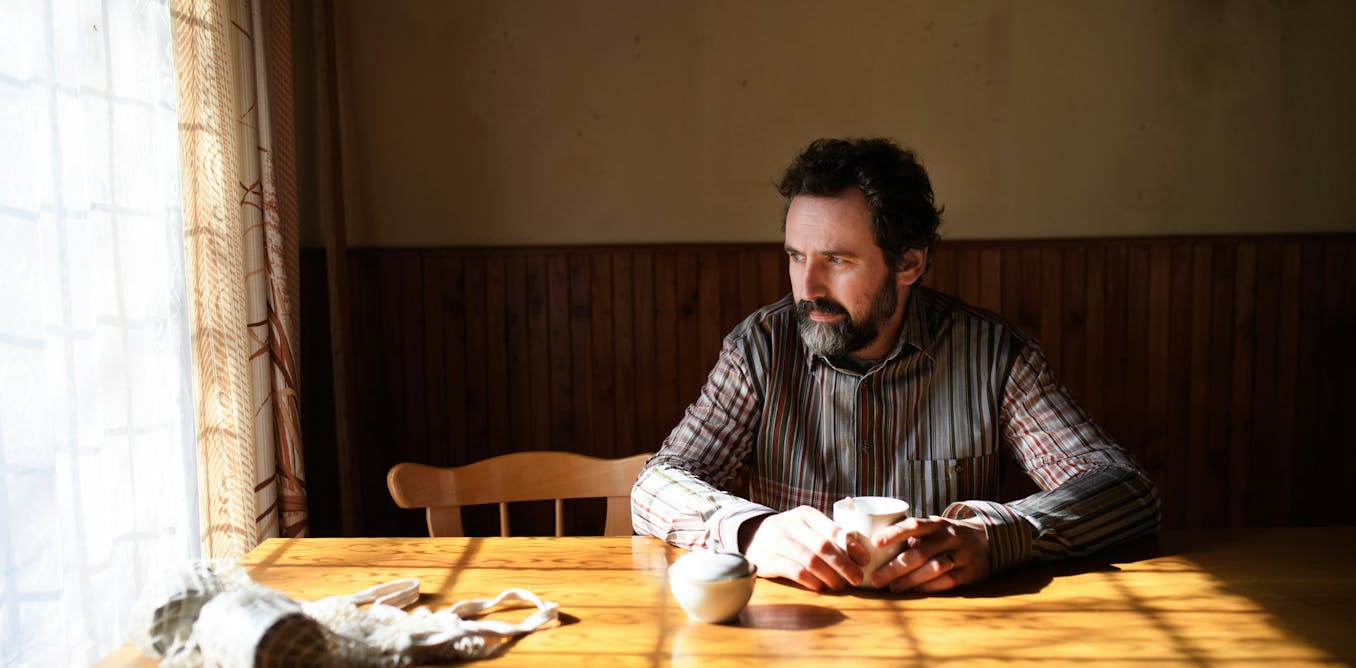Five years have passed since schools and nurseries closed in England as a result of COVID-19 lockdowns. This unprecedented disruption to children’s normal routines created considerable concern – both at the time and in the years since.
But based on our research into the impact of school closures on children, we believe that many of the long-term effects have been misdiagnosed or ignored. Funding has been channelled in the wrong direction, hampering real recovery.
We researched what was happening in primary schools during the pandemic. We used surveys, interviews and school-based case studies to collect insights from school staff and parents.
Our survey data and case studies showed that teachers recognised straight away how the pandemic was affecting the children they taught and their families.
Get your news from actual experts, straight to your inbox. Sign up to our daily newsletter to receive all The Conversation UK’s latest coverage of news and research, from politics and business to the arts and sciences.
Schools knew that not receiving free school meals and being confined to inadequate housing during lockdown would affect children’s health and nutrition. They saw that some children would be exposed to greater risk from being at home, and that they needed to take action. They also recognised that children living in poverty would be affected the most.
We also conducted two systematic literature reviews which assessed the findings of a large range of scholarly research. In one, we reviewed the evidence for how schools recover from sudden closures due to natural disasters or epidemics. In the other, we assessed studies published towards the end of the pandemic on the harm done to pupils.
Priorities for recovery
We wanted to know the key areas to focus on to help children recover from the disruption of lockdown. Our own research in schools arrived at similar answers to the review of research on school closures associated with natural disasters.
First, it is important to recognise the value of local knowledge. Recovery strategies that are decided without insight into the local context may be poorly designed and unable to address the actual issues facing particular schools.
Second, schools need to have the freedom to reset the pace at which the curriculum is taught, as both pupils and staff needed time to process what had happened during the pandemic. Rushing to catch up would prove counter-productive. And third, government responses need to make staff and pupil welfare a priority, and help repair wellbeing.
Our review of the evidence of harm to pupils, published as the pandemic ended, found negative effects on physical health and nutrition, mixed effects on mental health and uncertainty about effects on learning.
We saw how far the impact of COVID-19 on employment, and the prevalence of household bereavements, varied from place to place. We advised the Department for Education that insights from local communities were needed to help recovery, and that without them, centrally designed schemes might be unsuccessful.
But instead, the government focused its immediate efforts on a time-limited national tutoring programme, intended to counter “learning loss” – to help pupils recover the knowledge they missed out on learning during school closures and to close the attainment gap.
But the programme was poorly reviewed. Funding for tutors with no knowledge of the school or its pupils led to disappointing uptake and an early switch to a school-led funding route.
The government’s appointed “catch-up tsar”, Kevan Collins, resigned early on. He commented that the “support announced by government so far does not come close to meeting the scale of the challenge”. This has proved true.
Lasting consequences
Five years on, it is not in the areas of learning loss that the long-term effects are being most felt. Evidence of learning loss is mixed, with exam results showing near recovery to pre-pandemic standards.
Rather, it is the complex interactions between pupil absence and exclusions, the ongoing impacts on children with special educational needs and disabilities (as the strongest predictor of persistent absence) and the impacts on wellbeing that are most clearly indicative of an ongoing problem.

New Africa/Shutterstock
A recent report from the charities The Institute For Public Policy Research and The Difference has found that absence and suspensions are two-thirds higher in England than before the pandemic. The findings suggest that this is the “lost learning” we should be concerned about.
This has been compounded by a cost-of-living crisis that is deepening child poverty.
Schools need support to help get past the consequences of the pandemic. This means a better funding formula that resources them properly for what they do – including the role they play in addressing child poverty. Teachers’ expertise needs to be recognised, and they need to feel valued.
What’s more, the social value of primary school matters. It should not be seen only as preparation for an academic secondary school curriculum. Room for play, for physical activity, for arts and self-expression would greatly enrich this phase and set good foundations for the later years.
While it may be many years until we really understand what the pandemic meant for children, we can at least use what we know now to inform the long process of recovery.

The post “Teachers knew what children needed to recover from the pandemic – but their insights were ignored” by Alice Bradbury, Professor of Sociology of Education, UCL was published on 05/21/2025 by theconversation.com


































Leave a Reply